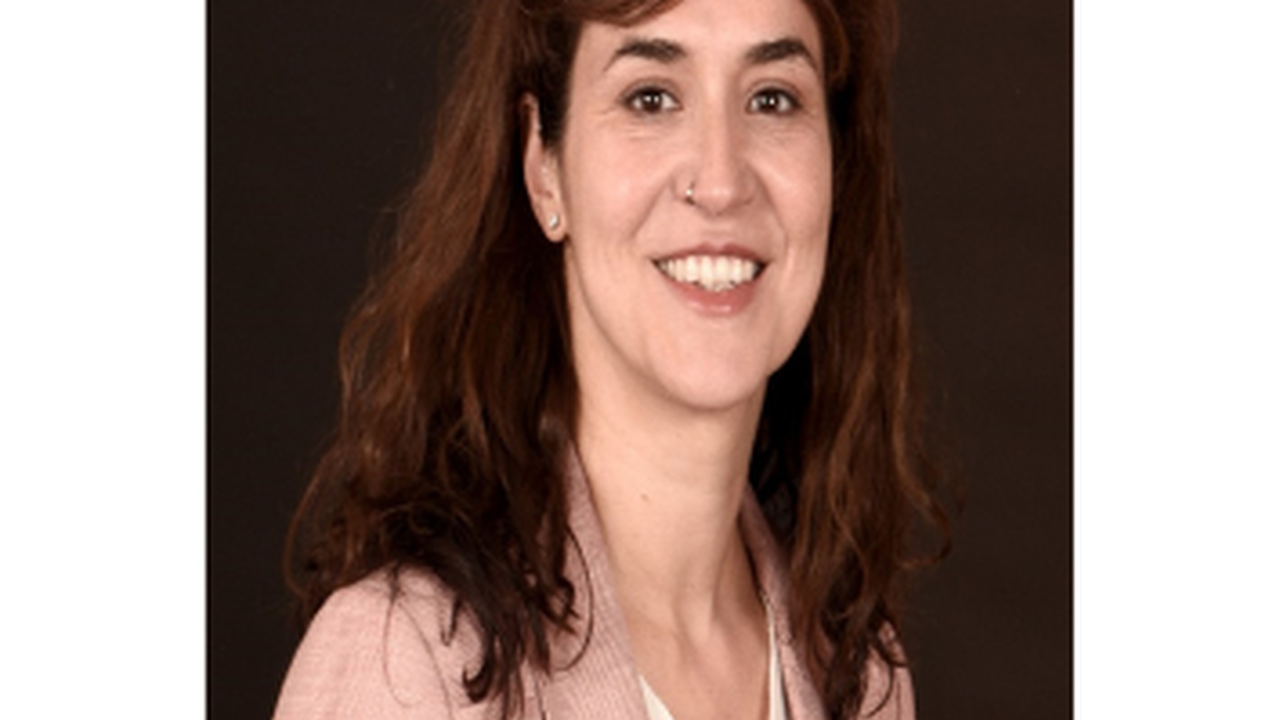Accessing liquid-solid interfaces and studying their radiation chemistry in Cryogenic Electron Microscopy and Spectroscopy
CIC nanoGUNE Seminars
- Speaker
-
Patricia Abellan
Nantes University, Institut des Materiaux de Nantes Jean Rouxel (IMN), CNRS, Nantes, France - When
-
2024/03/11
11:00 - Place
- CIC nanoGUNE Seminar room, Tolosa Hiribidea 76, Donostia-San Sebastian
- Host
- Stefan Merkens
- Add to calendar
-
iCal

Cryogenic transmission electron microscopy allows for the observation of samples in near native conditions and for higher electron beam tolerances than room temperature observations. Crucially, it provides the opportunity of obtaining quantified information from solid-liquid interfaces. In practice, accessing the solid-liquid interface at high-resolution represents specific challenges that are sample dependent and that must be addressed. A main limitation to many scanning (transmission) electron microscopy experiments at cryogenic temperatures, cryo-S(T)EM, is sample preparation. Also, these experiments are critically affected by radiolysis caused by the imaging electron beam in the microscope. While the radiolysis of water by high-energy electrons has been extensively studied by conventionalradiation chemistry methods, the radiolysis of water in the conditions of electron microscopes is still poorly understood. In this presentation, we will show that by using monochromated EELS at the oxygen K-edge and at cryogenic temperatures on thin films of ice, all radiolysis products (radicals and molecules) of water ice can be resolved (except for H2 and •H)[1]. We will discuss the effect of different sample and microscope parameters as well as the significance of our results with respect to the radiolysis of water ice and water ice interfaces. Additionally, we will show our latest experimental results regarding our efforts to access solid-liquid interfaces within a bulk 3D volume in a variety of systems, from hard-soft tissue and biomaterials interfaces to fouled biomolecules in polymeric membranes.[2]
References:
[1] P. Abellan, E. Gautron, and J.A. LaVerne, J. Phys. Chem. C 127 (2023) 15336–15345, doi: 10.1021/acs.jpcc.3c02936
[2] PA’s work on bone tissue interfaces was supported by the ANR PRC OverBONE project (ANR-20-CE18-0015).
